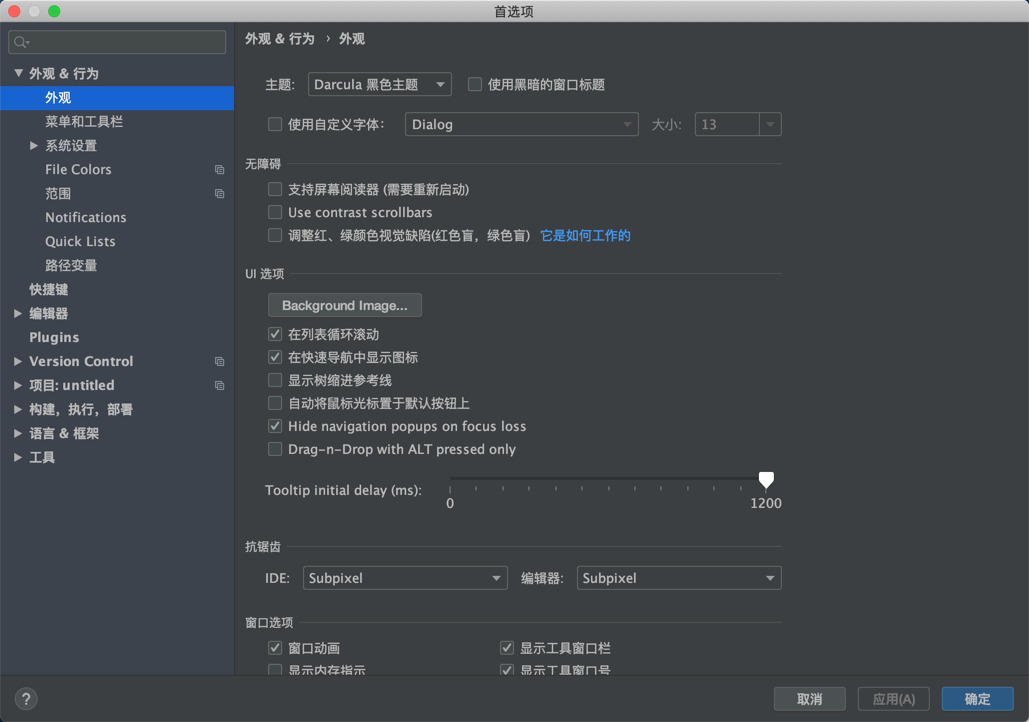

Java(TM) SE Runtime Environment (build 1.8.0_152-b16) * PySpark is installed at /./3.5.6/lib/python3.5/site-packages/pyspark To set a SQL config key, use sql("set config=value"). The following table shows the SQL config keys and the environment variables that correspond to the configuration properties you noted in Step 1. Org ID (Azure-only, see ?o=orgId in URL) : Set new config values (leave input empty to accept default):ĭatabricks Host [no current value, must start with Ĭluster ID (e.g., 0921-001415-jelly628) : Because the client application is decoupled from the cluster, it is unaffected by cluster restarts or upgrades, which would normally cause you to lose all the variables, RDDs, and DataFrame objects defined in a notebook.ĭo you accept the above agreement? y Shut down idle clusters without losing work. You do not need to restart the cluster after changing Python or Java library dependencies in Databricks Connect, because each client session is isolated from each other in the cluster. Iterate quickly when developing libraries.
Pycharm for mac download python 3.7 code#
Step through and debug code in your IDE even when working with a remote cluster.
Pycharm for mac download python 3.7 install#
Anywhere you can import pyspark, import, or require(SparkR), you can now run Spark jobs directly from your application, without needing to install any IDE plugins or use Spark submission scripts. Run large-scale Spark jobs from any Python, Java, Scala, or R application. Then, the logical representation of the job is sent to the Spark server running in Databricks for execution in the cluster. It allows you to write jobs using Spark APIs and run them remotely on a Databricks cluster instead of in the local Spark session.įor example, when you run the DataFrame command ("parquet").load(.).groupBy(.).agg(.).show() using Databricks Connect, the parsing and planning of the job runs on your local machine. Tutorial: Databricks Terraform Providerĭatabricks Connect is a client library for Databricks Runtime.The solver-less installation, cvxpy-base, can currently be installed through pip and conda. This can be useful if the intention is to only use non-default solvers. Install without default solvers ¶ĬVXPY can also be installed without the default solver dependencies. SciPy’s “interior-point” and “revised-simplex” implementations are written in python and are always available however the main advantage of this solver, is its ability to use the HiGHS LP solvers (which are written in C++) that comes bundled with SciPy version 1.6.1 and higher. This requires the SciPy package in Python which should already be installed as it is a requirement for CVXPY. We welcome additional contributions to the SCIP interface, to recover dual variables for constraints in continuous problems. If you require dual variables for a continuous problem, you will need to use another solver. See the PySCIPOpt github for installation instructions.ĬVXPY’s SCIP interface does not reliably recover dual variables for constraints. We do not support pyscipopt version 4.0.0 or higher you need to use pyscipopt version 3.x.y

Install with SCIP support ¶ĬVXPY supports the SCIP solver through the pyscipopt Python package Install OR-Tools such that you can run import ortools in Python. Install with GLOP and PDLP support ¶ĬVXPY supports the GLOP and PDLP solvers. See the NAG website for installation instructions. Simply install NAG such that you can import naginterfaces in Python. The sdpt3glue package allows you to model problems with CVXPY and solve them with SDPT3. See the CPLEX website for installation instructions. Simply install CPLEX such that you can import cplex in Python. Simply install cylp and the corresponding prerequisites according to the instructions, such you can import this library in Python. Install with Cbc (Clp, Cgl) support ¶ĬVXPY supports the Cbc solver (which includes Clp and Cgl) with the help of cylp. See the Xpress Python documentation pages for installation instructions. Simply install XPRESS such that you can import xpress in Python. See the MOSEK website for installation instructions. Simply install MOSEK such that you can import mosek in Python. See the GUROBI website for installation instructions. Install GUROBI version 7.5.2 or greater such that you can import gurobipy in Python. X / include pip install cvxoptįollow the standard installation procedure to install CVXPY and its remaining dependencies. X / lib CVXOPT_GLPK_INC_DIR =/ path / to / glpk - X. CVXOPT_BUILD_GLPK = 1 CVXOPT_GLPK_LIB_DIR =/ path / to / glpk - X.


 0 kommentar(er)
0 kommentar(er)
